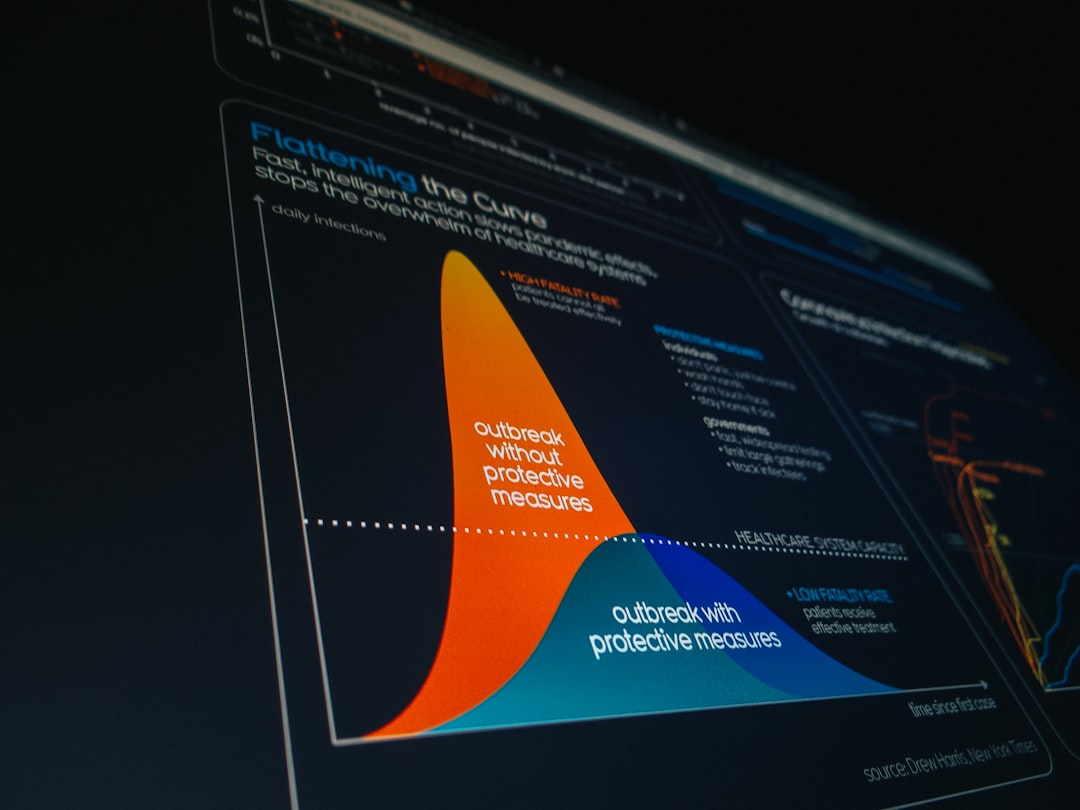In recent years, U.S. WooCommerce store owners have increasingly turned to artificial intelligence (AI) to gain a competitive edge. A primary area benefiting from AI integration is the ability to predict customer buying behavior — a game-changer for businesses seeking to optimize user engagement, streamline supply chains, and maximize revenue. As consumer expectations grow and eCommerce competition intensifies, understanding what drives a purchase decision is no longer optional; it’s essential.
AI technologies are enabling online merchants to move beyond traditional analytics and into the world of predictive intelligence. Unlike historical data analysis, AI can identify subtle trends and patterns in real-time, helping store owners anticipate what a customer might buy next, how much they might be willing to spend, and even when they’re most likely to make a purchase.
The Role of Data in Predicting Buying Behavior
At the heart of all effective AI tools is data — vast amounts of it. WooCommerce stores generate a variety of customer data points that AI can analyze, including:
- Purchase history
- Browsing behavior
- Cart activity
- Product reviews and ratings
- Demographic and geographic information
By feeding this information into sophisticated AI algorithms, businesses can generate highly personalized shopping experiences and make accurate predictions about future behavior. For example, if a customer frequently browses a particular category but has never made a purchase, AI might trigger a well-timed discount or product recommendation that results in a conversion.

Top AI Tools Used by WooCommerce Stores
Several AI-driven solutions are now available as plugins or cloud-based services tailored specifically for WooCommerce stores. The most widely adopted tools include:
- Machine Learning Algorithms – These self-improving models are used to identify customer segments and predict purchasing trends.
- Chatbots with Natural Language Processing (NLP) – AI-powered chat systems interact with customers and gather behavioral cues for analysis.
- Recommendation Engines – These tools analyze individual browsing and purchase history to suggest personalized product options.
- Dynamic Pricing Systems – AI adjusts prices in real-time based on supply, demand, and customer behavior to optimize sales.
One particularly powerful use case is predictive up-selling and cross-selling. For example, if a customer adds running shoes to their cart, AI might recommend socks, fitness trackers, or athletic apparel based on what similar users have purchased. This not only enhances the customer experience but significantly boosts average order value.
Real-World Success Stories
Small and medium-sized U.S. businesses are already seeing tangible results. A WooCommerce shoe retailer in California reported a 22% increase in revenue after implementing AI-based product recommendations tailored to regional weather data and seasonal fashion trends. Another online store specializing in organic snacks saw a 15% reduction in cart abandonment after deploying a predictive chatbot that reminded shoppers of expiring deals based on browsing habits.

Challenges and Ethical Considerations
Despite the obvious benefits, integrating AI into eCommerce is not without challenges. Data privacy and security are of paramount importance. Store owners must ensure compliance with regulations like the California Consumer Privacy Act (CCPA) and the General Data Protection Regulation (GDPR) for international sales. Transparency about data usage and offering opt-in mechanisms help build customer trust.
Another concern is over-automation. While AI offers unprecedented insights, excessive reliance on automation can result in impersonal brand experiences. The key is to strike a balance — using AI to inform and enhance human-driven marketing strategies rather than replace them entirely.
Looking Ahead
The future of AI in WooCommerce stores appears both promising and inevitable. As machine learning models become more advanced, predictive analytics will refine further, providing more accurate and nuanced insights into customer preferences. Integration with other smart technologies — like voice shopping and augmented reality — will further reshape how U.S. consumers interact with eCommerce stores.
For WooCommerce retailers committed to staying ahead, adopting AI-driven customer behavior prediction is more than a trend — it’s a strategic investment. Those who leverage this powerful technology responsibly will not only improve bottom lines but also foster stronger, more personalized relationships with their customers.